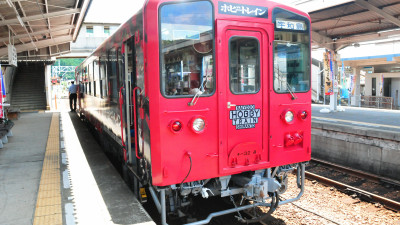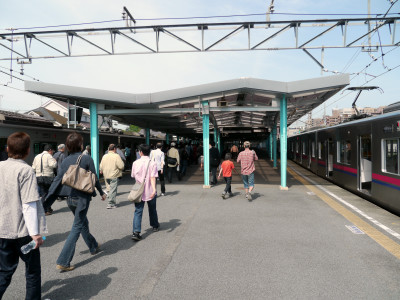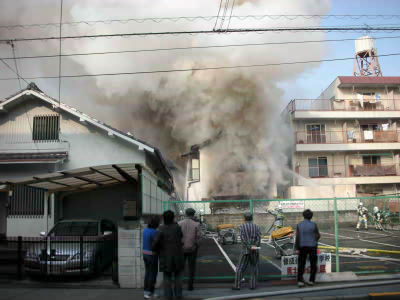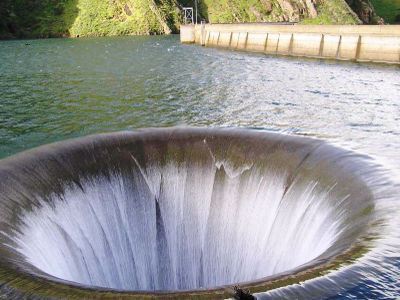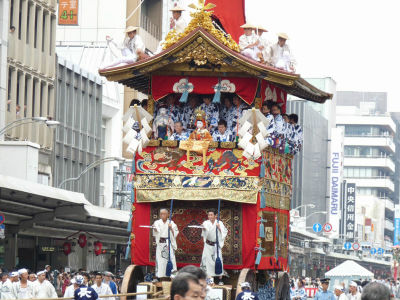I went to a special tour where I could see the contents of the ``underground temple'' and the metropolitan area outer drainage channel

In addition to the pressure regulating water tank of the
Tokyo Metropolitan Area Outer Underground Discharge Channel 'Special Tour' will be held | Edogawa River Office | Kanto Regional Development Bureau, Ministry of Land, Infrastructure, Transport and Tourism
http://www.ktr.mlit.go.jp/edogawa/edogawa00733.html
The nearest station is Minami Sakurai Station on the Tobu Noda Line (Urban Park Line). Before leaving the ticket gate, there was a guide to the bus stop like this.
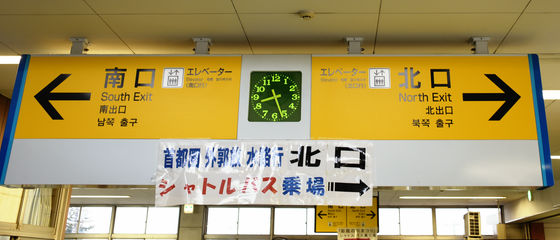
In addition to special tours, the Sairyu River Festival and Edogawa Kappa Market are also held.
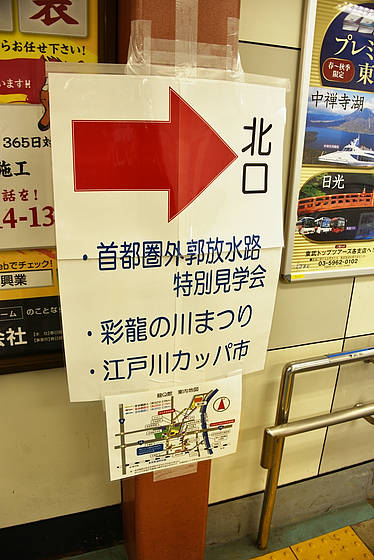
Rotary at the north exit of Minami Sakurai Station
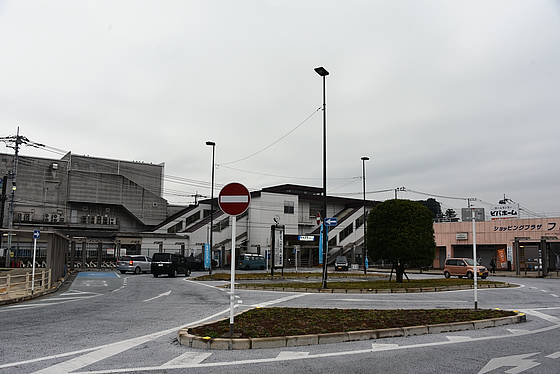
Normally, the
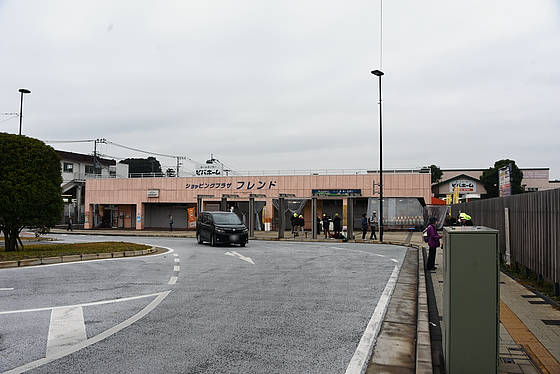
This time the moving route looks like this. This is a route with many information signs, and this route is better if you drive, but it can be shortened a bit if you walk.
Turn left at the street in front of the station and go straight north to the corner of Sakuragawa Elementary School. Turn left at the intersection and enter 'Sakura Dori'.
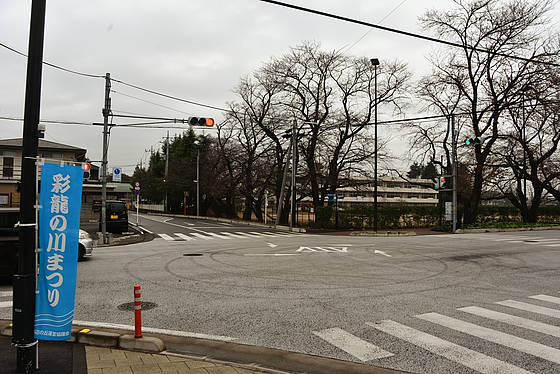
Turn right at the intersection because it will be a dead end on the west side of the civic center.
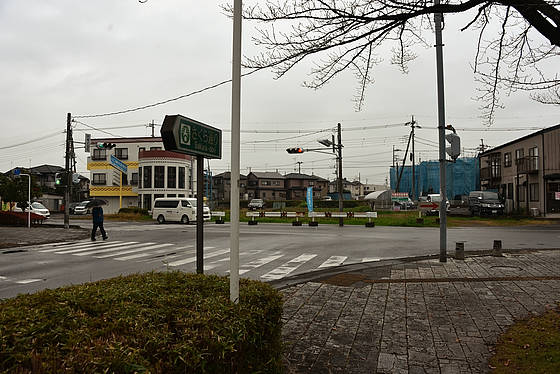
After that, walk straight along the road for a while. Along the way, at the intersection with National Route 16, there is a signboard that reproduces a full-size kite from Kasukabe City.

If you go further north along the road, there is a Lawson on the northwest corner of the intersection. This is one landmark.
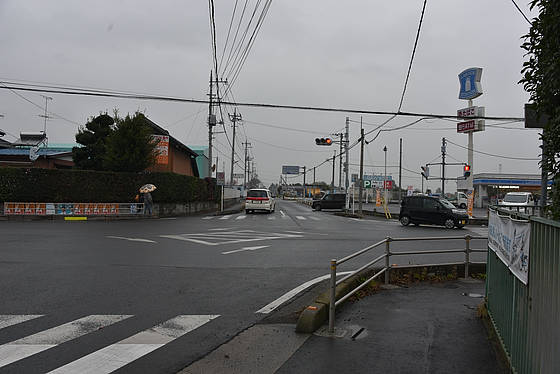
A little past Lawson, there is a guide board like this, so follow the guide and turn right.
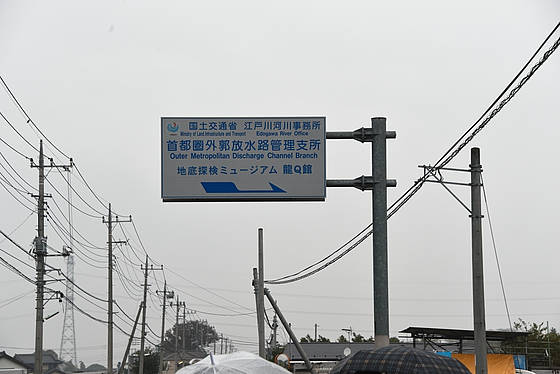
As you walk along the irrigation canal, you will see a brown building. This is the Ryu Q-kan (Showa Drainage Pumping Station) that we are aiming for.
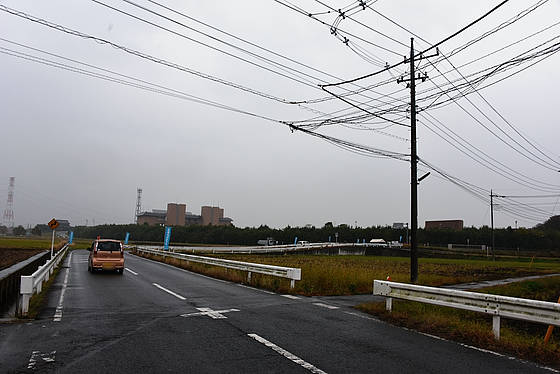
After that, if you follow the guide, you will be able to go to the multipurpose square. The tent was still being prepared.

It is OK if you walk along the promenade here as well.

This is what you're looking for. There was a panel photo before entering, but now you can see the real thing.
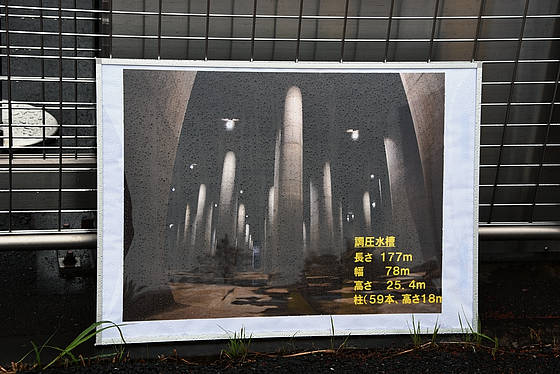
However, before that there is a line and a line ... ....
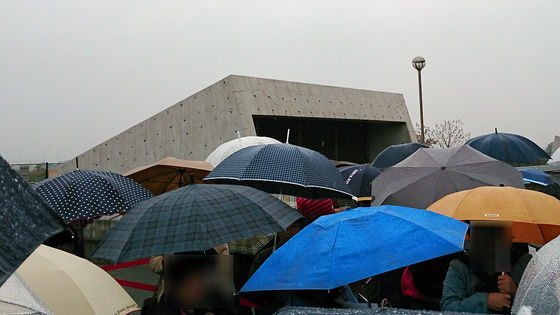
When you line up, people will come behind you in no time, and the line will grow steadily.
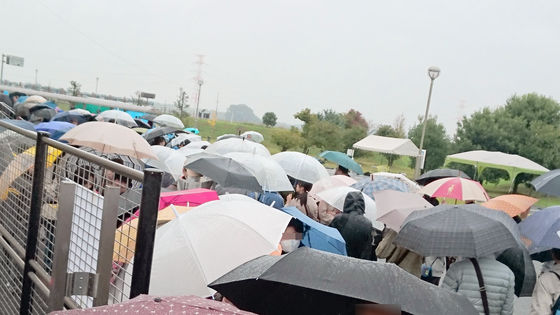
Before long, we could see the end of the queue on the other side of the pumping station building.
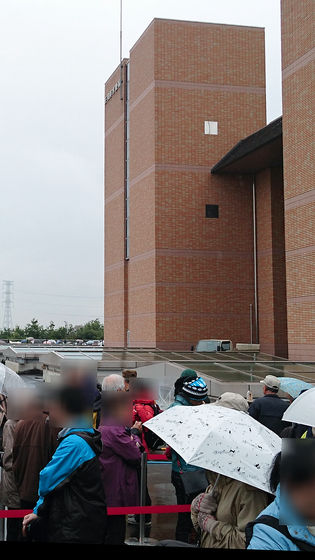
By the way, this is what the other side of the building looks like.
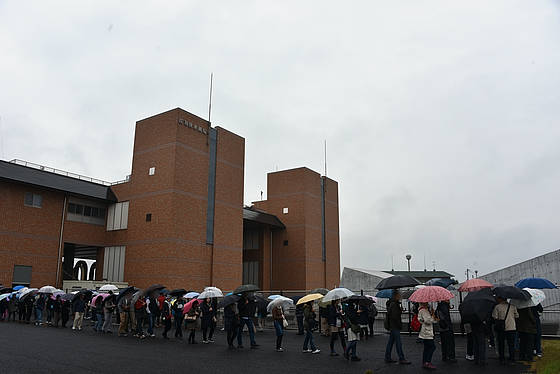
It was supposed to open at 10:00, but we were able to enter at 9:40, probably because there were too many people. Everyone is taking pictures with Pasha Pasha from the entrance.
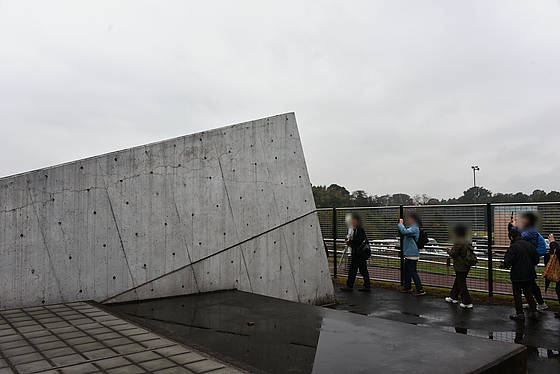
It's just the entrance to the stairs, but if you think this is the entrance to the underground temple, you'll want to take a picture.
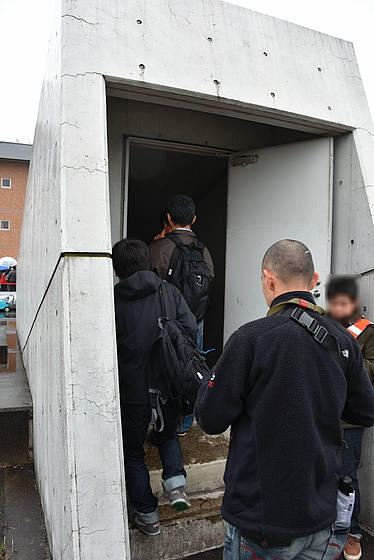
Since there is no elevator, you will have to walk down more than 100 steps from here. Therefore, people who cannot walk such as sandals cannot participate. In addition, preschool children cannot participate. Junior high school students and younger must be accompanied by a guardian.
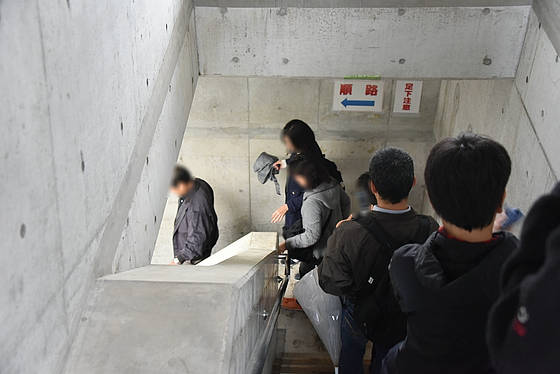
It is steadily descending with tech tech.
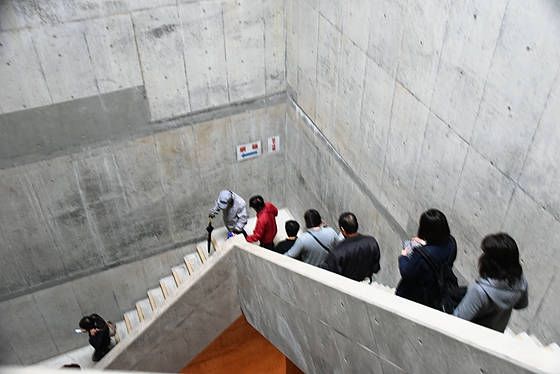
Looking in from above it looks like this. It's not an iron spiral staircase, so it's easier to get off than I imagined.
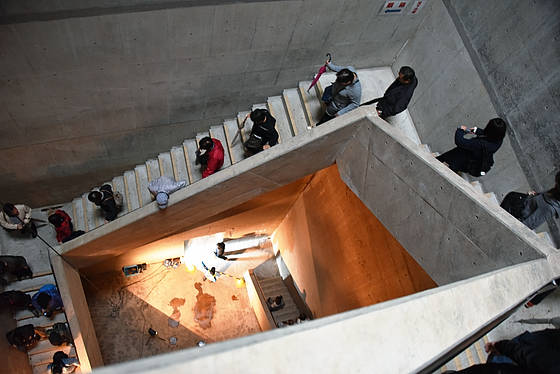
and a goal. It took me about 3 minutes to get off the train, and I was so excited that it didn't take long.

Looking up, it looks like this, about three laps to the goal.
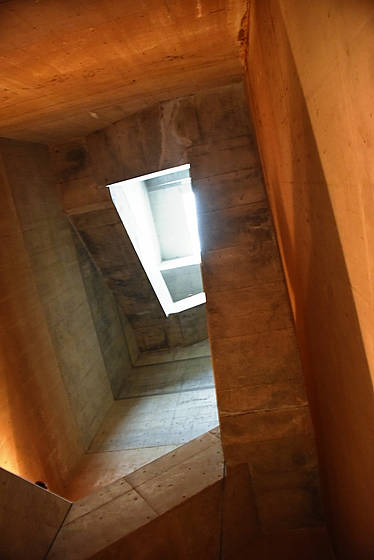
Finally, we come to the Underground Temple.
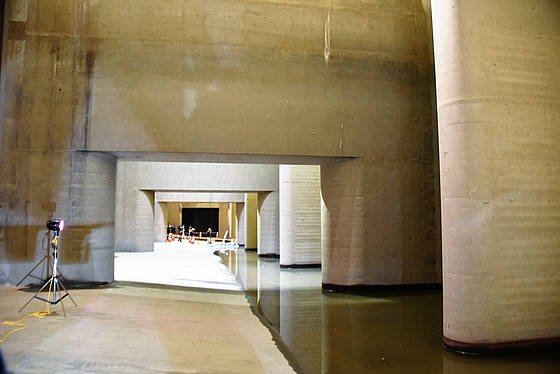
Suddenly a pillar appears with Dawn.
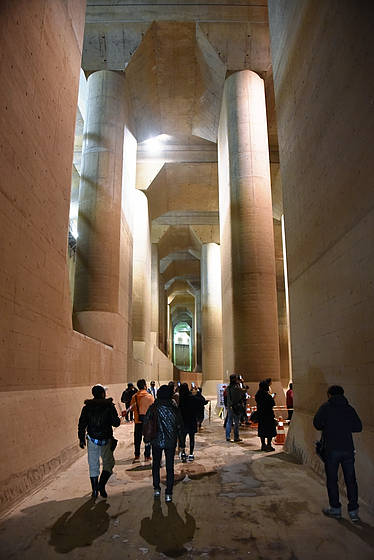
'Uhaa ...', a sight that loses words. You can see the scale thanks to the people sitting on the chairs, but for a moment you don't know what kind of space you are in.
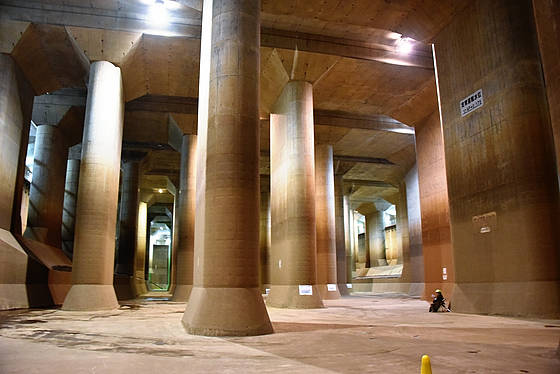
Darkness that seems to be sucked in on the other side.
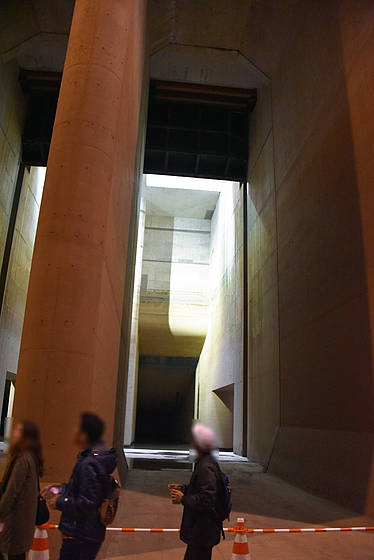
The pillar continues to the back.
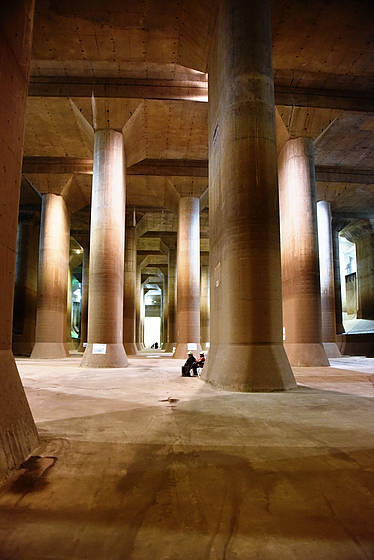
Far above is a passageway for administration.
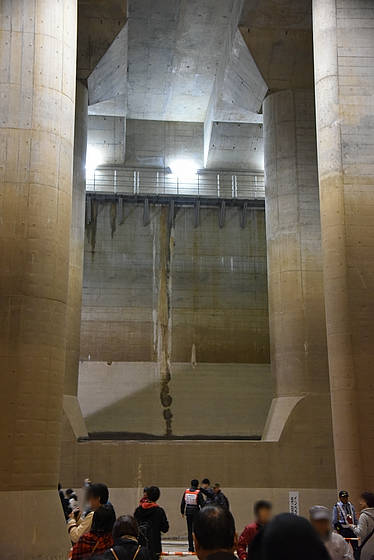
Earlier I expressed it as 'darkness that seems to be sucked in', but this part has an impeller (impeller), which was specially released this time.
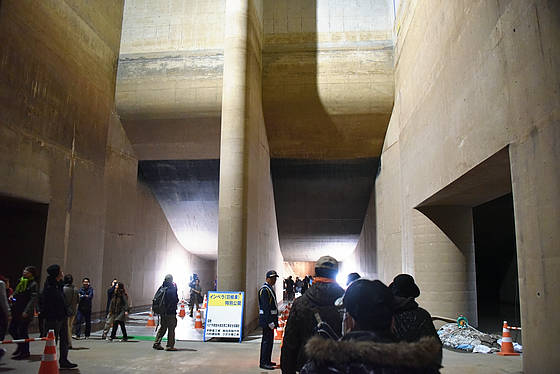
As you go forward, there is a part that jumped out like a big thorn ... ...
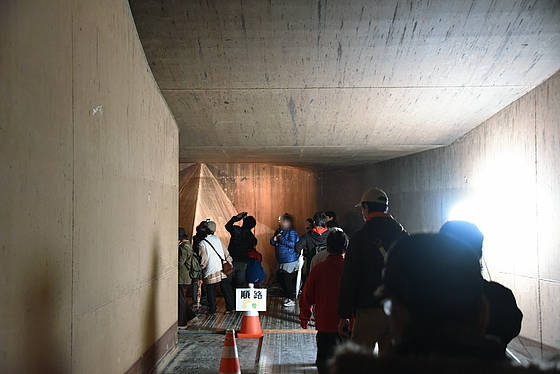
impeller on it.
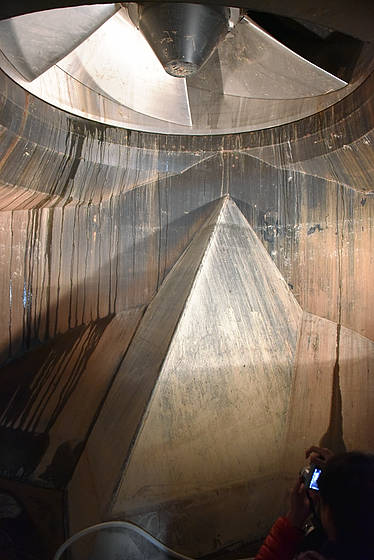
It's hard to figure out how big it is if it's a single body, but it's about the size of 4 to 5 adult men crossing their shoulders.

The space with the pillars (the pressure regulating water tank) is on the upstream side, and this impeller sucks out the water accumulated in the pressure regulating water tank and discharges it to the Edo River.

The Metropolitan Area Outer Underground Discharge Channel is designed to prevent flooding. There are five vertical shafts near the Oochi Furutone River and other rivers to take in flood water, and these are connected by underground tunnels. Shaft 1 is located at this Showa Drainage Pumping Station. The pressure regulating tank in the basement of the drainage pump station is a pool that weakens the momentum of the water flowing from these tunnels and allows it to flow smoothly.
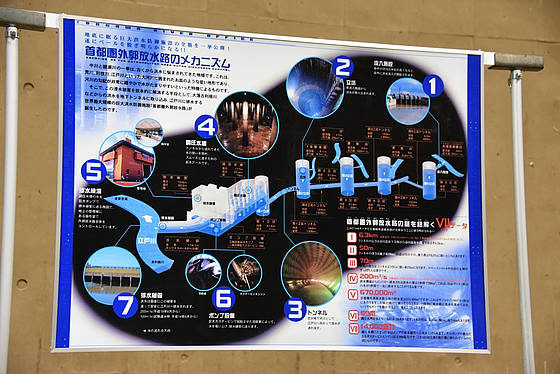
It is said that it has been operated 100 times so far, and the maximum inflow was caused by Typhoon No. 17 and No. 18 in September 2015, and about 19 million cubic meters of water was drained. There was a scale on the wall, but the water marks were quite high, quietly telling how useful this facility was. By the way, when looking at the last 10 years, the number of times of operation was not the highest in 2015, but the amount of water adjusted was 26.98 million cubic meters as of October 1, the largest amount ever. Thanks to this facility, flood damage in the Nakagawa and Ayase river basins has been considerably reduced.
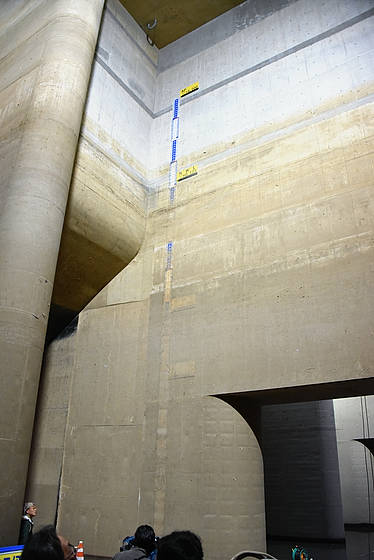
Water is coming from the front.
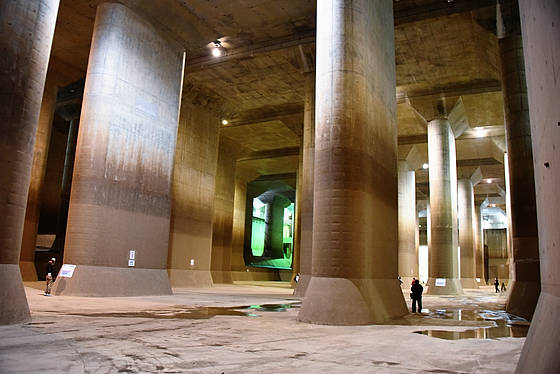
Its tip is connected to the first shaft.
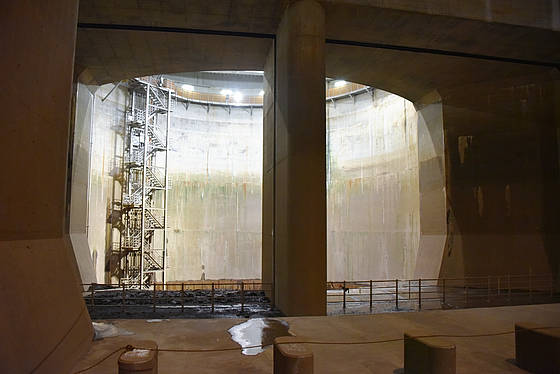
Mud piled up on the other side of the fence.
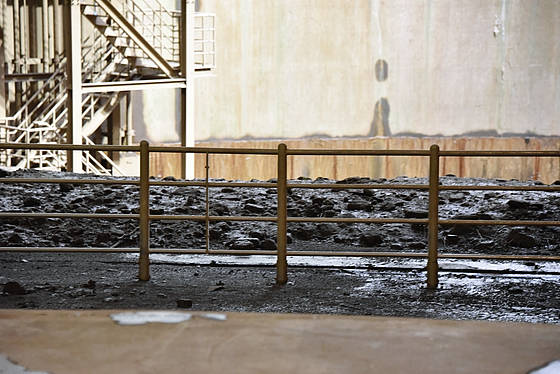
Looking from the other side of the shaft, this opening seems to look like this. The other side of that fence is too scary...
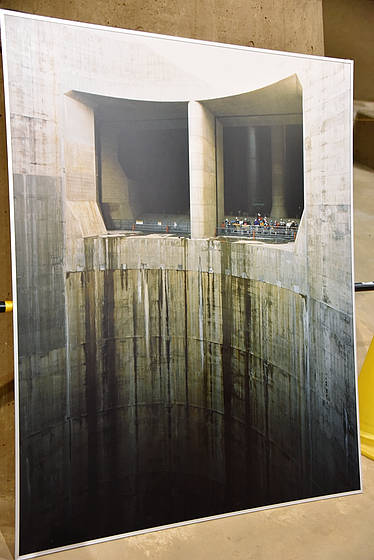
The exit is this staircase.
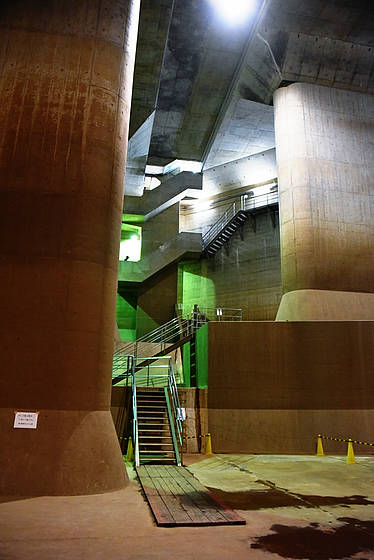
When water is flowing into the pressure regulating tank, this staircase is also the bottom of the water...
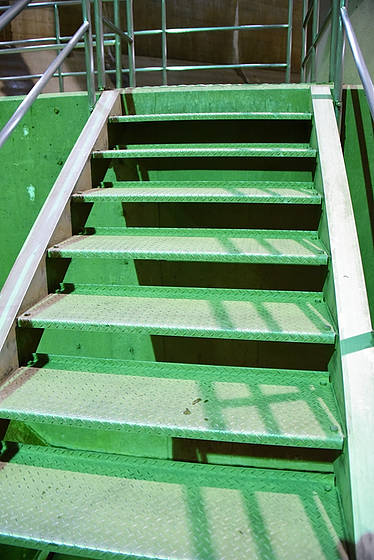
The exit was a long way from the entrance, as we walked through a considerable amount of space.

By the way, this day was a special tour, so I was able to see the pump room, which cannot be seen in general tours. The entrance to the pump room was behind the building, and it was hidden behind the line to enter the pressure regulating water tank, but thanks to that, I was able to enter without waiting.
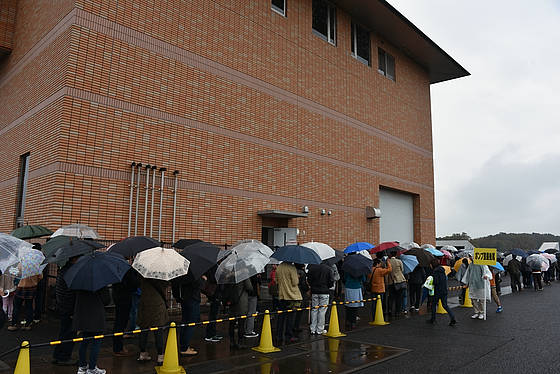
Again, it was a space that seemed to lose its sense of size.

The red ones installed to surround the machine are the injection nozzles of the inert gas fire extinguishing equipment. When a fire occurs, it releases carbon dioxide to extinguish the fire.

The visible machine is a gear transmission, next to which is a gas turbine package, and below this is a pump. The impeller I saw earlier in the pressure regulating water tank is for the pump here. The gas turbine is an aircraft version, modified to rotate a pump instead of a propeller. The drainage volume is 50 cubic meters per second with one pump, and 200 cubic meters per second can be drained by using four pumps. Simply put, it has the power to empty a 25m pool in 1 second.
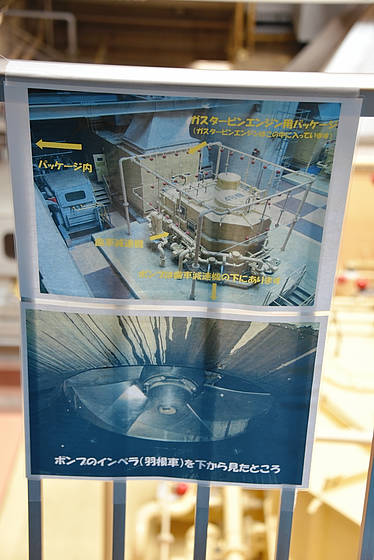
In addition, in the pump room, there was a space where the people who support the Metropolitan Area Outer Underground Discharge Channel explained various mechanisms. For example, it seems that not only water flows in the river, but also motorcycles sometimes flow, so a 'dust remover' is installed in the inflow facility to protect the pump of the drainage facility. Not only the drainage pump station, but also various facilities around it support the safety of life behind the scenes.

It is said that the exhaust ducts lined up on the wall are in this shape for silencing. By the way, the pump room has an image of noisy mechanical noise, but although there was a low mechanical noise, it was not annoying.
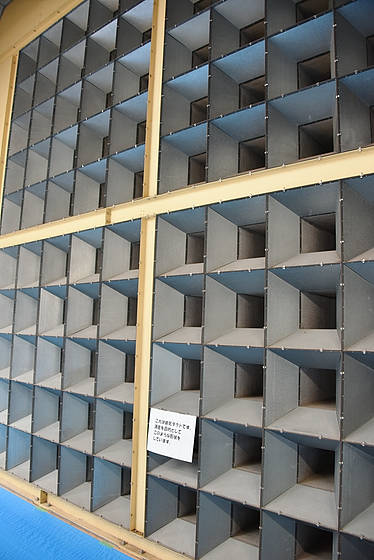
The exit of the pump room was connected to the inside of the Ryu Q building.

When I asked the staff, they said that this event attracts a large number of participants every time, and that many of them come from overseas. However, the exhibition lasted two days until last year, but this year it was only one day, and perhaps because of that, a fairly long queue was formed.
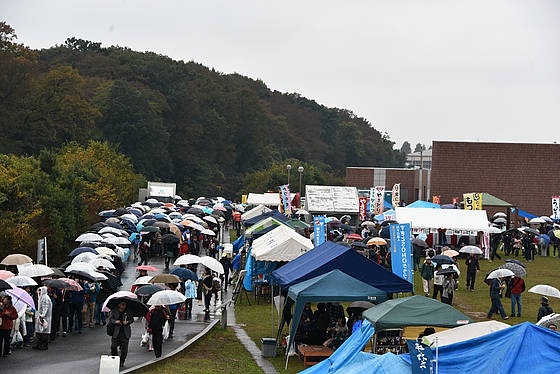
According to the local staff, it would be more interesting to first visit the pump room to learn about the mechanism and then visit the pressure regulating tank. If you are planning to go after next year, please visit the pump room.
In the meantime, more and more people are being sent in by piston transportation buses.
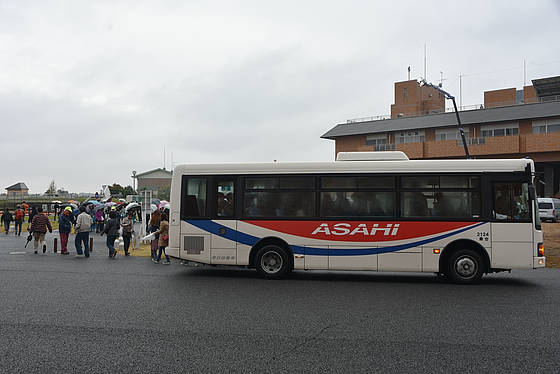
Some people walk because the bus is too crowded.
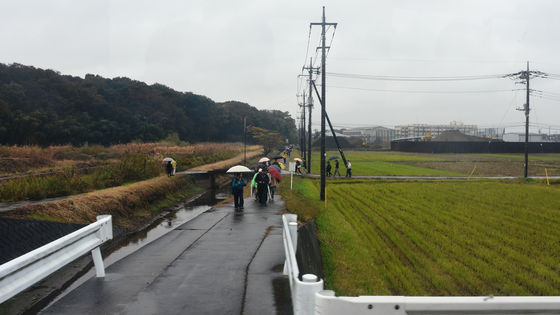
The area in front of Minami Sakurai Station was extremely crowded.
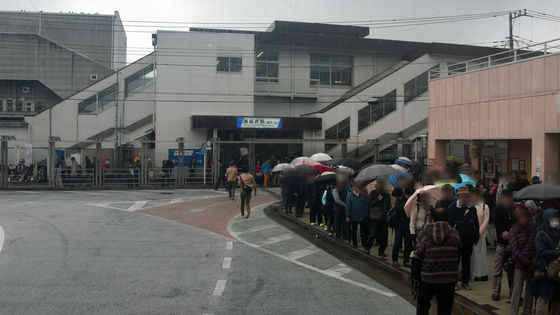
Related Posts:
in Coverage, Posted by logc_nt

